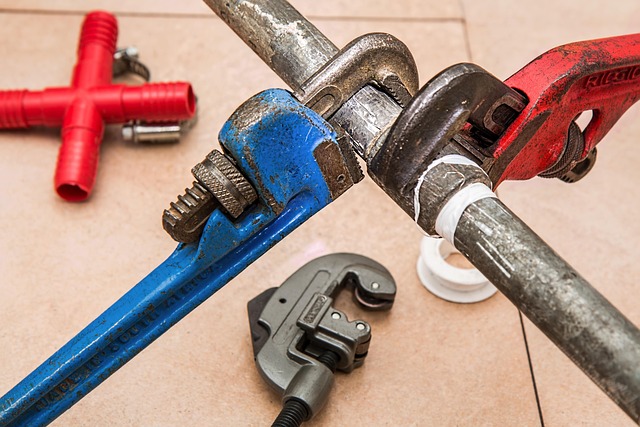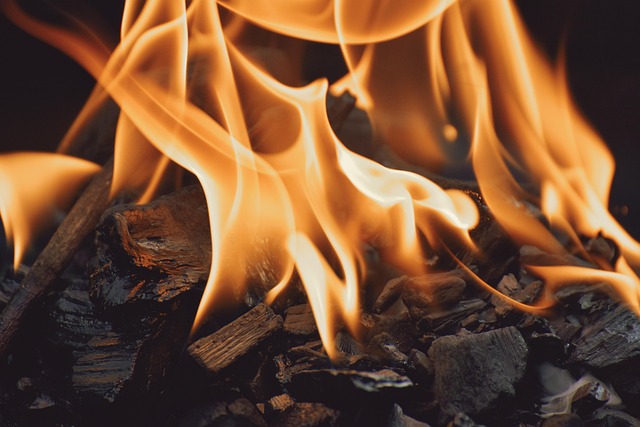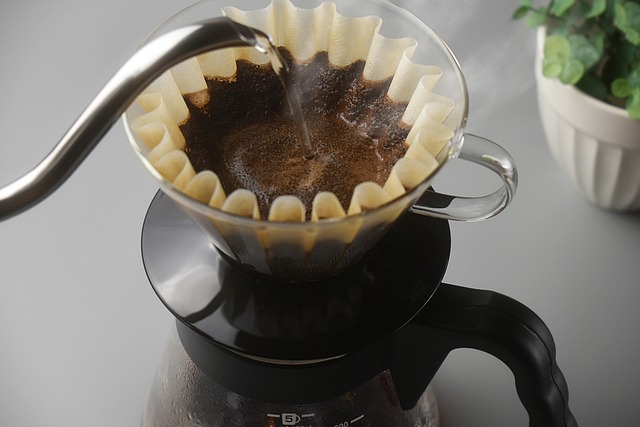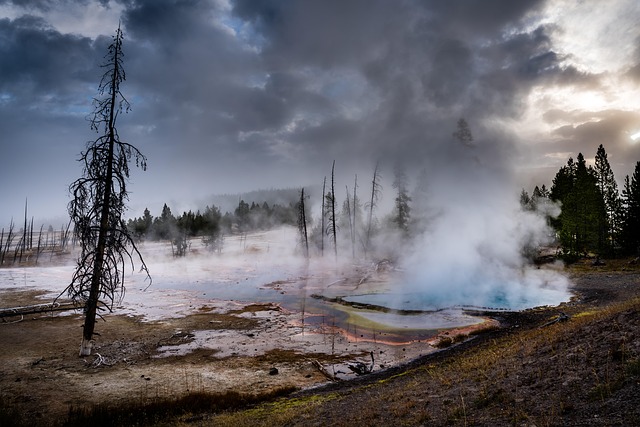When facing a "no hot water" issue, start by checking thermostat settings and heating element functionality. Consider age, maintenance, and weather-related factors. For DIY, check power circuits, pilot lights, and damage. Leaking dip tube can cause temperature mixing. Consult professionals for complex issues or persistent problems, ensuring swift, efficient no hot water repair.
Tired of taking cold showers? Don’t worry, fixing no hot water issues at home is easier than you think. This comprehensive guide walks you through identifying and rectifying common causes, from checking water heater settings to repairing electric/gas malfunctions. Learn how to replace a leaking dip tube or when it’s time to call in a professional plumber for safe, effective solutions. Conquer your no hot water woes today!
- Identify the Source of the Issue
- Check Your Water Heater Settings
- Repair Common Water Heater Malfunctions
- Troubleshoot Electric/Gas Water Heaters
- Replace a Leaking Dip Tube
- Contact a Professional Plumber
Identify the Source of the Issue

If you’re facing a “no hot water” situation at home, the first step is to Identify the Source of the Issue. Start by checking the thermostat to ensure it’s set to the correct temperature and that it’s functioning properly. Thermostat malfunctions are a common cause of hot water issues. Next, examine the heating element or boiler, as these components are responsible for generating hot water. If you suspect an issue with the heating mechanism, consider the age of your water heater—older heaters may need replacement rather than repair.
Additionally, look into temperature fluctuations caused by changes in weather or faulty insulation, which can affect water temperature. If the problem persists after these initial checks, it might be time to consider hot water repair vs. replacement. While fixing temperature problems is often a DIY endeavor, more complex issues may require hiring professional plumbers for repairs. This ensures accurate diagnosis and safe, effective solutions.
Check Your Water Heater Settings

If your home is suddenly devoid of hot water, one of the first places to check is your water heater’s settings. Make sure the thermostat is set at the desired temperature—typically between 120-140°F (49-60°C). If it’s turned down lower, you won’t get hot water. Also, verify that the heater is in “Heat” mode, not “Off” or “Vacation.”
A temporarily fix for a hot water problem could be adjusting these settings. However, if your water heater isn’t heating at all (hot water heater not working), consider checking for power supply issues, faulty elements within the heater, or mineral buildup in the tank (which can reduce its efficiency). For low-flow fixtures to conserve hot water, install aerators on faucets and showerheads—a simple fix that doesn’t require professional help.
Repair Common Water Heater Malfunctions

Many households face the common issue of having no hot water, often due to malfunctions with their water heaters. Identifying and addressing these issues promptly can prevent further complications and ensure a steady supply of hot water. Some typical problems include a malfunctioning thermostat, which can be easily replaced, or sediment buildup in the tank that may require draining and cleaning.
Regular maintenance is key to preventing such disruptions. This includes checking for any leaks around the base of the heater and inspecting electrical connections to ensure they are secure and well-insulated. If you notice unusual noises or smells, it might indicate a more serious problem, such as a failing heating element or damaged wiring, signaling the need for professional assistance or consideration when to replace water heater. Always prioritize water heater safety precautions during any repair attempts.
Troubleshoot Electric/Gas Water Heaters

If your home is experiencing a “no hot water” dilemma, troubleshooting the electric or gas water heater is a logical first step. Start by checking the breaker box (for electric heaters) and ensuring the circuit is powered on. If it’s not, reset the breaker. For gas heaters, verify that the pilot light is lit; if not, relight it following the manufacturer’s instructions.
Next, inspect for any signs of damage or corrosion to the heating element (replace heating element diy if necessary). Low-flow fixtures can also impact hot water availability, so check these and consider installation of energy-efficient alternatives. In some cases, a simple reset of the heater control board might be all that’s required. If the issue persists, it may be time to consult a professional plumber to obtain a hot water repair cost estimate for more complex problems.
Replace a Leaking Dip Tube

One common cause of no hot water issues at home is a leaking dip tube inside your water heater. The dip tube is responsible for directing cold water to the bottom of the tank, while hot water rises to the top. If it develops a leak, cold water can mix with the hot water supply, significantly reducing the temperature and leaving you without hot water in specific fixtures like showers or faucets.
Understanding water heater parts is crucial when undertaking this no hot water repair. Once you’ve identified the dip tube as the culprit, replacing it is relatively straightforward. This simple fix can restore your hot water supply promptly. Remember, if you’re unsure about any aspect of repairing your water heater, including understanding electrical connections in heaters (if applicable), it’s always best to consult a professional for guidance.
Contact a Professional Plumber

If your home is suddenly devoid of hot water, don’t panic; it’s a common issue that can often be easily resolved. However, if simple troubleshooting techniques don’t work or if you’re not comfortable tackling the problem yourself, it’s best to contact a professional plumber. They have the expertise and tools to diagnose complex issues swiftly.
A qualified plumber will first assess your water heater system, which could involve checking the temperature settings for any incorrect configurations. They can also help with water pressure problems or identify faulty parts within the heater itself. While the initial consultation may incur a cost, having an expert handle the situation ensures efficient no hot water repair and potentially saves you from further damage.
Facing a “no hot water” dilemma at home? This comprehensive guide has empowered you with the knowledge to diagnose and potentially fix the issue. From identifying the source of the problem to troubleshooting electric or gas water heaters, these steps can help restore your hot water supply promptly. Remember, if the issue persists, don’t hesitate to contact a professional plumber for expert assistance. With these solutions, you’re well-equipped to tackle common no hot water repairs and get back to enjoying the comfort of warm water at home.
